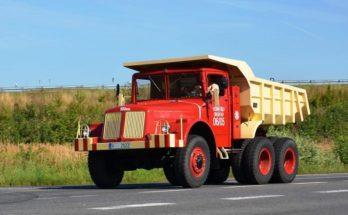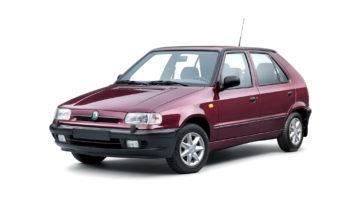We know the Volkswagen T series above all as an indestructible workhorse that can transport a load, a large family or a combination of both without blinking an eye. However, few would associate the German box with sports, let alone the Porsche brand. However, the 1980s were an era of unsuspected automotive possibilities , and so the current VW T3 one day appeared at the factory in Zuffenhausen.
The reasons were purely pragmatic – Porsche was going with the 959 Group B for the endurance Rally Paris-Dakar in the early 1980s and needed an accompanying vehicle. It had to transfer all the necessary material and at the same time be fast enough and able not to get stuck in both lighter and heavier terrain. The choice fell on the Volkswagen T3 with Syncro all-wheel drive , which met the conditions of depthlessness and certain off-road characteristics. Only the 114-horsepower model somehow lacked the speed. Porsche therefore used the T3 concept with a flat engine behind the rear axle, a concept that was only incidentally identical to the Porsche 911.
The underpowered four-cylinder went to the eternal hunting ground and was replaced by a 3.2-liter flat-six , originally from the Porsche 911 Carrera. Power suddenly rose to 231 hp at 5,900 rpm and torque to 284 Nm at 4,800 rpm, which combined with the five-speed manual transmission from the Porsche 911 SC allowed the aerodynamically inefficient Volkswagen to accelerate from 0 to 100 km/h in about 8 seconds. The maximum speed was on paper 209 km/h, but we prefer not to imagine what such a pace did to the car. The brakes, which were donated by the 944 S coupe, did not go unnoticed either.
Despite the Volkswagen emblem on the hood, the van was given the name Porsche B32 , perhaps to better fit in with the German automaker's factory team. The distinguishing mark (and at the same time differentiating it from the standard T3) became the 15-inch Fuchs alloy wheels , then the typical steering wheel with the Porsche logo inside. In total, two accompanying four-wheelers were created in this way, but production did not end there. Allegedly, between 1983 and 1985, another 15 pieces were to be created, including four prototypes (some sources state that up to 20 B32s were produced), several of which reached ordinary owners. However, the price was an astronomical 145,000 marks at the time. For comparison, a Porsche 911 Carrera cost 66,950 marks in 1984. On the other hand, it must be admitted that for this price the customer got a car based on a personal Caravelle type with full equipment. The six-cylinder engine from the 911 with a capacity of 231 hp has been retained, but according to the German AutoBild, there has been a slight slowdown – the "series" Porsche B32 reaches 100 km/h in 9.6 seconds, and the maximum speed is "only" 185 km/h. Not all are driven, but only the rear wheels.
One of the stories related to this machine even claims that its serial form should have been prepared for the Geneva Motor Show . However, at the last moment, these plans fell through and the number of produced pieces stopped at around the already mentioned fifteen. The head of Porsche at the time even drove his children to school in a B32. Today, you will come across this sleeper very rarely at some of the exhibitions dedicated to historic cars . However, just looking at the technical data still inspires well-deserved respect…
Source: autobild.de, autobild.es, carbuildindex.com



